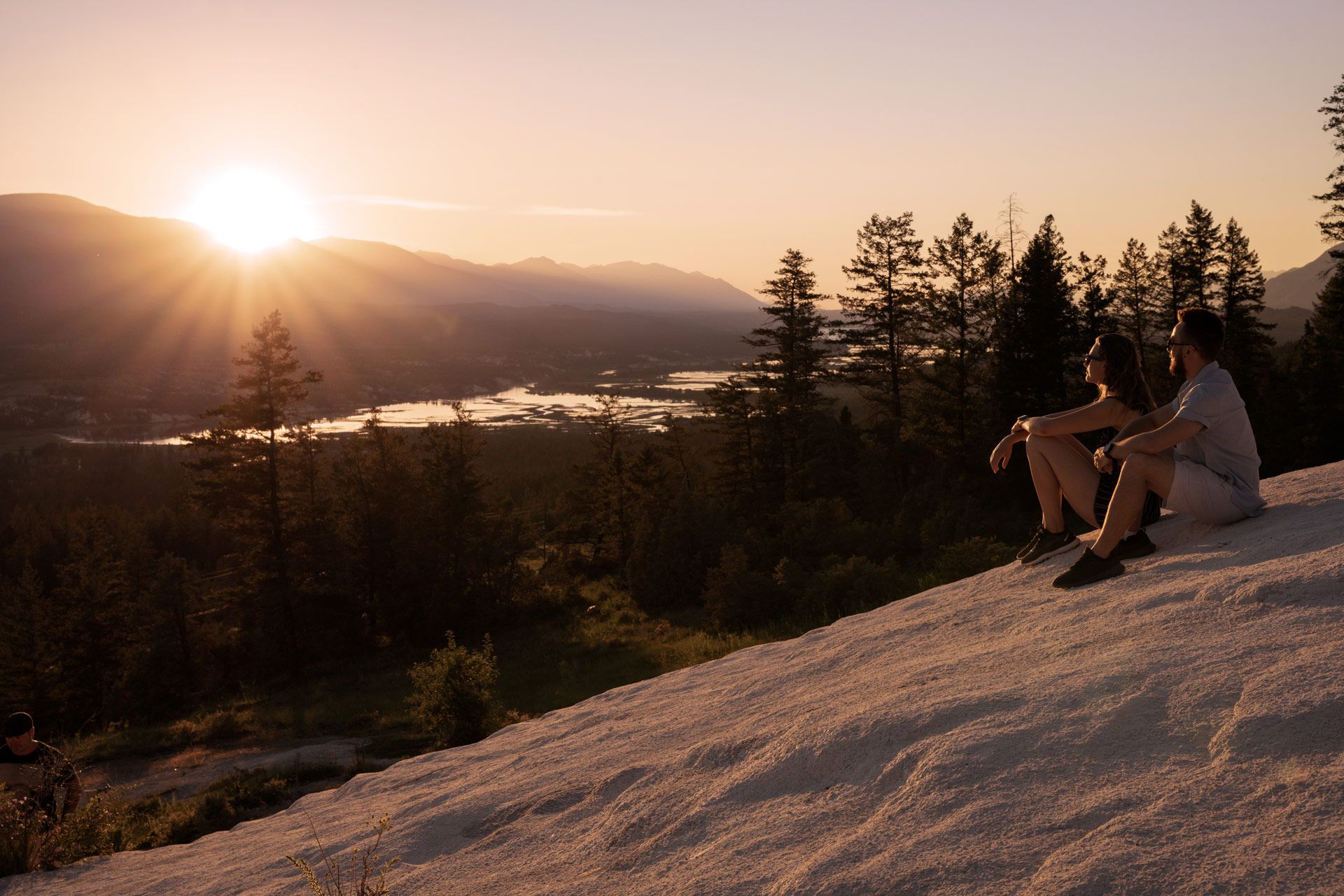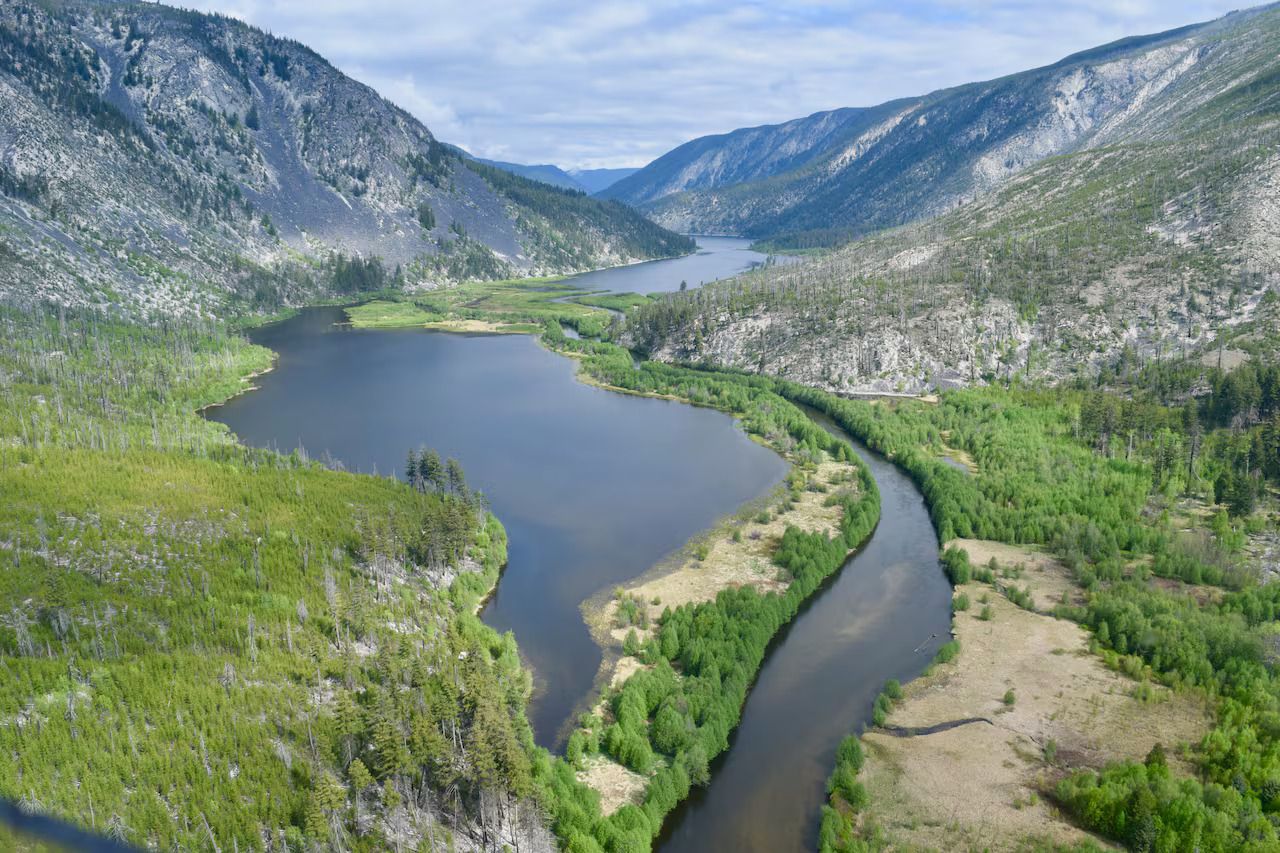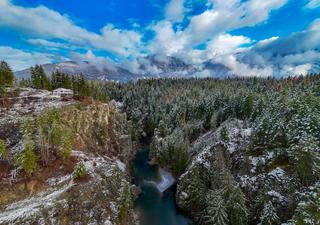Explore what’s happening across BC’s parks and protected areas: updates, wins, behind-the-scenes moments, and voices from the community working to keep BC beautiful.
Updates
Join our community
Stay connected and inspired by the beauty of our parks and protected areas
Subscribe nowYou’ll receive 10% off your first order from our shop, with all proceeds going toward keeping BC beautiful.






